Supply Chains, Food and Beverage, Sustainability:
On this page
Prepared by the New Zealand Embassy in Tokyo
Healthy, safe, functional food and beverages
Food and beverage (F&B) purchase decisions in Japan are primarily driven by health, taste and freshness. New Zealand F&B companies are well placed to capitalise in a rapidly growing functional and healthy food space.
COVID has accelerated the trend towards nutritious foods, with Japanese consumers becoming increasingly discerning. Better and more substantiated scientific claims are necessary to support premium prices; current functional food claims are often insufficient for Japanese consumers.
Marketing of healthy foods can focus on the following: protein, good oils, vegan, gluten-free, low-sugar products and probiotics.
Sustainability
There is an increased desire from younger consumers for sustainable products from companies able to demonstrate their contributions to making the world a better place and address social and environmental issues.
For example, Fonterra’s low-carbon products are doing very well in Japan. Sealord is looking at addressing issues such as marine plastics and antibiotics, which are becoming increasingly important for businesses and consumers.
Highlighting Māori values such as kaitiakitanga (guardianship) – which resonate well in the Japanese market – can be highly effective for Māori businesses. While there is no direct translation, kaitiakitanga can be translated into Japanese as 環境保護 (kankyō hogo), meaning “environmental protection”.
E-commerce boom
E-commerce in Japan is undergoing a tremendous period of growth, increasing 30-50% per annum, representing 9% of retail sales. Japan is the fourth largest e-commerce market in the world, with significant potential for further growth. Japan’s e-commerce growth was both B2B and B2C, but primarily the latter, creating huge opportunities for many New Zealand companies.
Keys to success in Japan include: localisation (native speaker to check you are communicating your brand messaging effectively); customer experience (Japanese consumers have high standards); easy to access product information (including reviews); and pricing (Japanese consumers expect better value or loyalty rewards online).
The increase of demand for F&B at home due to COVID-19 has meant that companies have needed to adapt their products quickly to meet changing consumer needs. Keeping supply chains open to meet this increased demand has been challenging. Retail channels will recover post-COVID, but there are increasingly blurred lines between online and offline.
Rakuten: Kia ora New Zealand Pavilion
NZTE Tokyo launched its Kia Ora New Zealand Pavilion(external link), a landing page that focusses on New Zealand products, through e-commerce giant Rakuten.
With 56,000 shops, more than 100 million members, and 500 million visitors to Rakuten each month, the Kia Ora NZ Pavilion is a prime example of leveraging a digital platform to create awareness of the New Zealand brand and products amongst Japanese consumers.
New Zealand food and beverage businesses can choose to sell their products online and increase their reach in three ways: direct consumers to their existing online store on Rakuten; open a shop on Rakuten; or business matching and partnering via an existing retailer already on the website.
Consistent high quality products
Growth of e-commerce channels provides quick access to a huge market, but feedback from consumers is immediate if products do not meet expectations.
New Zealand companies need to ensure they are achieving consistent high quality standards. Japan is a premium market – variable quality undermines New Zealand exporters’ reputations and bottom lines.
For more information
The following F&B-related reports are available on the free online portal created by NZTE for New Zealand exporters at myNZTE:
- What drives F&B purchases in NZ's major export markets - myNZTE(external link)
- Selling healthy snack products to Japan - myNZTE(external link)
- Selling New Zealand beef and lamb in Japan - myNZTE(external link)
Please contact your NZTE Customer Manager in NZ or NZTE at the New Zealand Embassy in Tokyo for more information.
More reports
View full list of market reports.
If you would like to request a topic for reporting please email exports@mfat.net
Sign up for email alerts
To get email alerts when new reports are published, go to our subscription page(external link).
Disclaimer
This information released in this report aligns with the provisions of the Official Information Act 1982. The opinions and analysis expressed in this report are the author’s own and do not necessarily reflect the views or official policy position of the New Zealand Government. The Ministry of Foreign Affairs and Trade and the New Zealand Government take no responsibility for the accuracy of this report.

